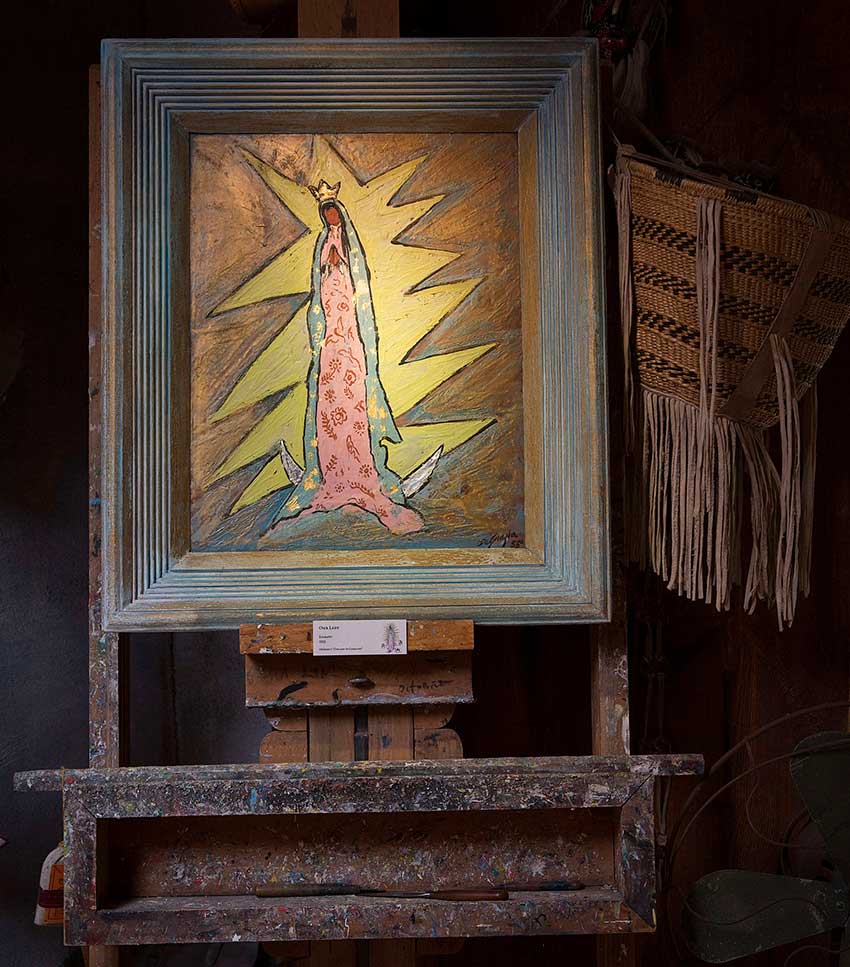
Coping with exile from our faith
Many Australian Catholics have discovered and taken to today’s versions of the bush telegraph. They have spoken over fences, taken to the phone or to social media platforms to share wavering hope, but also disappointment, grief and in some cases exasperation, that despite easing of many of the Covid-19 related restrictions in businesses and public life, they still sense that they are spiritually isolated and “living in exile” from the pith of their life of faith.
This sense was been supported by the Petition from the Archdiocese of Sydney which resulted in this week’s decision by NSW Premier Gladys Berejiklian to finally accord the same treatment to churches as had been extended to businesses and other organisations.
Silver linings
This is not to say that Catholics have not made some valuable discoveries too. Many of the faithful have participated in online prayers, have valued live-streamed liturgies from their parishes or Cathedrals, have met conscientious priests via phone or letterbox, they have liturgy channel-hopped, they have joined or initiated zoom-prayer sessions and some have attempted retreats and special prayer intentions with humbling vigour.
This has been accompanied by the inexorable blurring of days and space, by very domestic problems interacting with the very virtual, with slow-burning anxieties about livelihood and finances, uncertain mental equilibrium, screen burn-out and pressures about getting themselves, their families and their colleagues back out to an uncertain world which has every chance of snapping shut or becoming dangerous again.
Many of the faithful have participated in online prayers, valued live-streamed liturgies, met conscientious priests via phone or letterbox [and] … liturgy channel-hopped
A response
On 14 May the Australian Catholic Bishops jointly and briefly acknowledged these mixed experiences and called for a rallying of the collective heart. In a letter, accompanied by a Prayer Card, the Bishops expressed the desire to entrust the entire country “to the Immaculate Heart of Mary under the title of Mary Help of Christians, seeking her intercession for the safety of all our people especially in this time of COVID-19 pandemic.”
Around the world other Bishops’ Conferences, notably those of the US, Canada, England, Scotland and Wales, Poland and South America have all responded to the Covid-19 Pandemic with a similar re-entrustment-or re-consecration to the Virgin Mary under her various local dedicatory titles.
Entrustment, consecration
The words “entrustment” and “consecration” like “dedicated to” are used interchangeably.
Some Australian Bishops, despite the short time-frame since the announcement, have already entrusted their people and land to the Mother of God in their cathedrals and altars, broadcasting these devotional actions through their live-streaming and social media.
The most formal and widely viewed “Consecration to Our Lady” was led by Archbishop Anthony Fisher 05 at the Cathedral in Sydney on 25 May, fittingly this year (the transposed) Feast Day of Our Lady Help of Christians, the patroness of Sydney’s St Mary’s Cathedral.
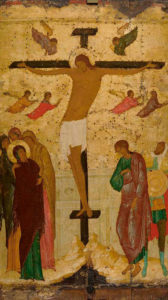
Joy and … something else?
For some, familiar with the spiritual writings of St Louis De Montfort’s (1673-1716) True Devotion to Mary, or those involved with traditional Marian movements this news will be comforting and very welcome. They will already sense that on many levels their Mother Mary is something like a “front-line” prayer warrior and spiritual commando in these perplexing times.
There will also be quite a few Catholics for whom the term Marian “consecration” is a curved ball, a term that is alien, something that sounds Martian rather than Marian. There may be others who feel that the move smacks of nostalgic piety, distracting us from our closed Churches. Isn’t “consecration” that (somewhat mysterious) thing that happens at Mass? Where does Marian “consecration” belong in today’s Christ-centred, scripturally focussed, sense of prayer and faith?
Looking to Vatican II …
Daniel Ang, Sydney’s Director of Parish 2020 begins to explore in a helpful way the rich 21st century theology behind Marian entrustment within the context of the Second Vatican Council’s renewed theology of Mary as Mother of the Church, and Mary as the first disciple of her Son Jesus. The article can be found at The Catholic Weekly online.
Daniel also explains that the Virgin Mary’s maternal leadership in faith is a model and protection not only for Catholics but for all people: hence Pope Francis’ encouragement of Marian devotion and the world’s Bishops consecration of whole nations and territories in the “fight” against Covid-19 which has so many social, economic and spiritual dimensions. Daniel writes: “Mary’s personal participation in God’s redemptive plan embodies the collective vocation of humanity to collaborate in the fulfilment of God’s design.”
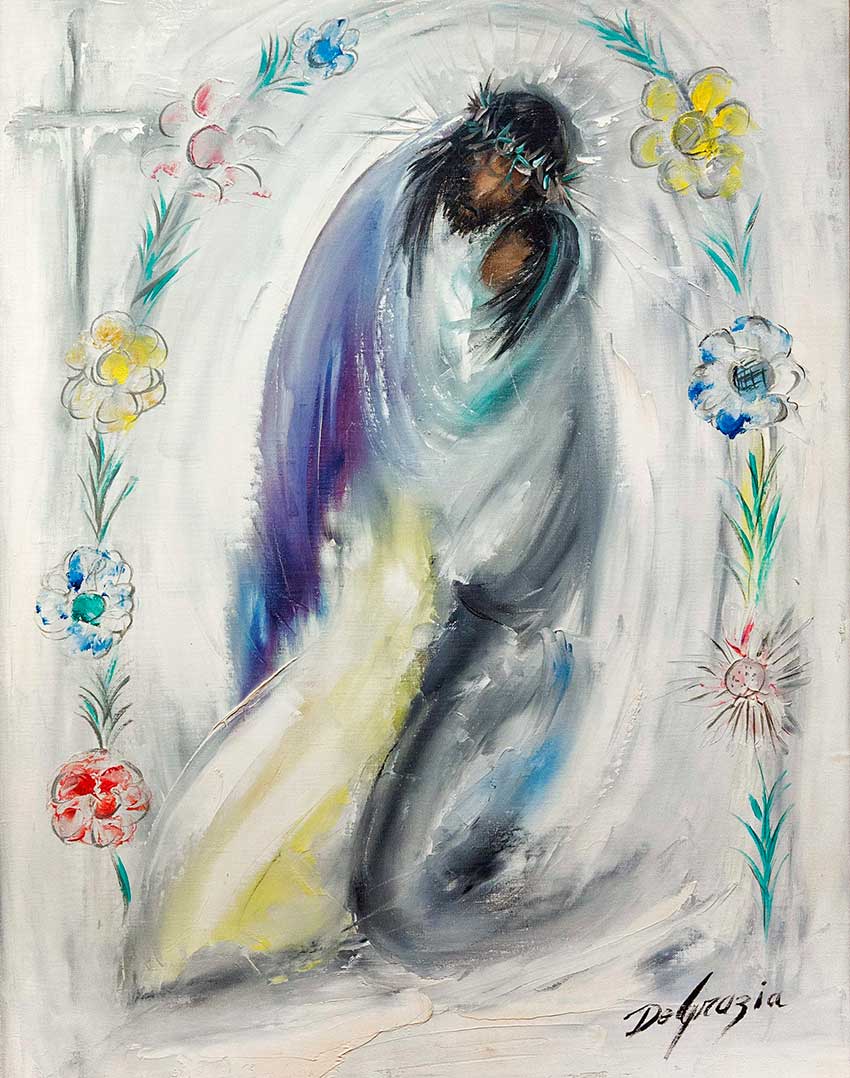
… and another official reflection
Another authoritative and accessible resource for understanding the ancient sources, the scriptural and the theological context of “consecration” to the Blessed Virgin can be found in the curial document from 2001 entitled, Directory for Popular Piety and the Liturgy by the Congregation for Divine Worship.
Clarifying an important distinction, the document points out that devotion, even national dedication, can never replace or overshadow the Church’s celebration of the Paschal Mystery in the Mass, Sacraments or in the Divine Office (The Prayer of the Church.) It explains that the Liturgy is directly linked to the person, the actions “and the will of Christ” (No. 55) himself in a unique way, and the Liturgy, especially the Mass, is the source and summit of our participation as Catholics.
devotion, even national dedication, can never replace or overshadow the Church’s celebration of the Paschal Mystery in the Mass, Sacraments or in the Divine Office
A note of caution on devotion
The document also warns that some forms of private devotional life can veer off-course and neglect the Scriptural sources of our faith, can forget the importance of the Resurrection in the Redemption of the world and can blur the role of the Holy Spirit in our own lives and distract us from remembering the source and goal of our lives from, to and in God the Blessed Trinity. We are made in the “image” of the Trinity and we are called for full “filial” participation in that Mystery of Love and Life.
Some devotions can also become so intensely sentimental and private, that they distract the Baptised from their vocations within the Church and to practical and concrete love of our neighbours.
Our Mother in Grace
However, notwithstanding these concerns, the document explains in its Chapter 5, that Our Lady is “our Mother in the order of grace.” We can augment Liturgical faith by dedicating and warming our imaginations and hearts through the “symbolic and expressive” world of balanced devotion.
Mary’s faith and maternity- are organically linked, and these both express the call of God’s covenant with the World. This is expressly celebrated in the Liturgy of the Church. She has a special place in supporting and praying for us when we are facing our greatest hardships, and when we are at our smallest and most poor.
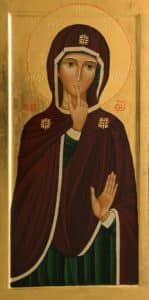
Clearly willed by Jesus
Pope Saint John Paul II pointed out many times our “being given to her” is something Jesus Christ willed and demonstrated from the Cross in Saint John’s Gospel 19:26-27.
In fact, we are consecrated as adopted sons and daughters in Christ, in the saving action of our Baptism. Throughout our lives we can remember and re-dedicate our Baptismal dedication at into the “hands of Our Mother.”
At times of special importance, challenge and suffering (such as “at the Hour of Our Death”) we are invited within the Maternal care of the Church, to take the “free, personal and mature” (No. 204) action of commending ourselves to Our Mother so that “we dedicate, entrust or consecrate ourselves” in renewing our primary consecration to God in Christ through the power of the Holy Spirit.
In the eyes of John Paul II
The theology of personal consecration to Mary was exemplified in recent times by Pope Saint John Paul II, whose entire papacy is captured by the powerful Polish term “Zawierz” meaning, the free gift of one’s entire person, service and dedication, heart, mind and body. His papal motto, the Latin Totus Tuus, and the Pope’s papal coat of arms, bridge the Montfortian “total” dedication through Mary and while standing beneath the arms of the redemptive and saving Cross of Christ.
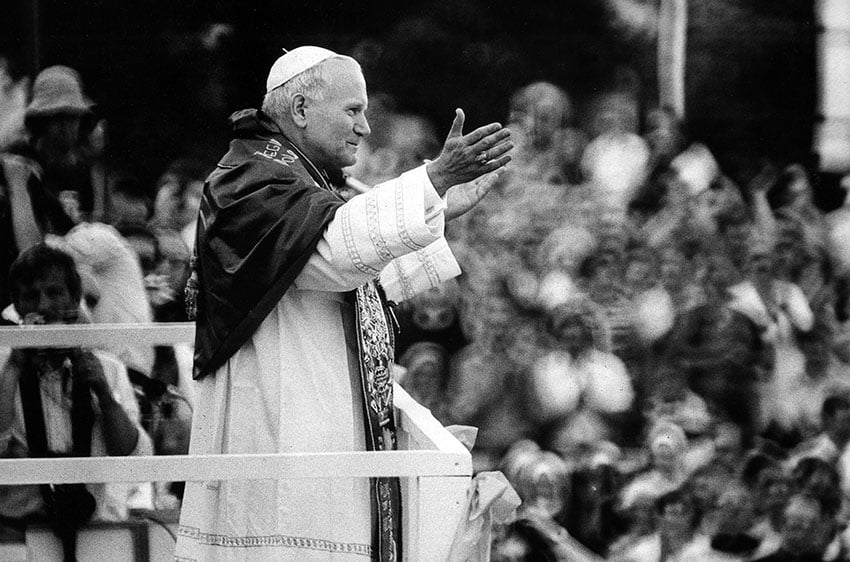
This does not give us an anaesthetic from our pain or a type of cocky remoteness from tribulations of the world- but it does unite us in hopeful solidarity while “in exile” with the Christ-focussed and grace-filled strength and love of the faithful Mother of the Covenant, Mary of Nazareth. To cite the beautiful words of John Paul II we are held by:
Mary, who by the eternal will of the Most High stands, one may say, at the very centre of those “inscrutable ways” and “unsearchable judgments” of God, conforms herself to them in the dim light of faith, accepting fully and with a ready heart everything that is decreed in the divine plan. (Redemptoris Mater no. 14)
Related
